So yes, we all love our Chardonnay, Sauvignon Blanc, Pinot Gris, and Riesling. Even Chenin Blanc (one of my faves) gets a fair amount of love. But what about the other white varieties that haven’t achieved international fame and are only known in a small corner of the world or are often blended into oblivion? Well, it’s time to break out of our comfort zones and give a few of these other white varieties some love. I gathered my #WineSquad to taste through a few of these “Other Whites” to see what they thought. As usual, the opinions were strong. Of course, the biggest problem was trying to narrow down the tasting list to a manageable few. Who knew there were so many other whites worth drinking out there?! Here are the six that we tasted. And better yet, these were all #BudgetMinded wines.
The Wine: 2013 Marchesi di Barolo Gavi, Italy ($10)
The Grape: Cortese
Drink This If You Like: Pinot Grigio, Chablis
Pair With: Salad, Pasta with Pesto, Grilled Vegetables, Seafood/Shellfish
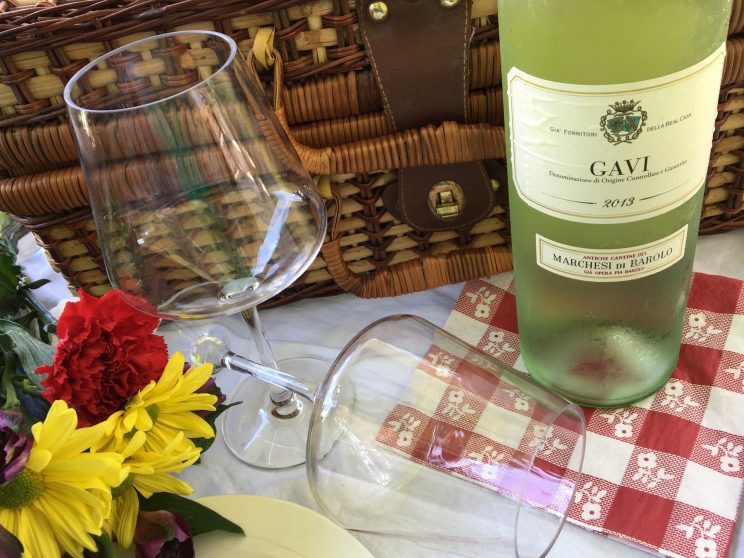 Yes Piedmont/Piemonte is known for its swoon-worthy Barolo and Barbaresco, its lovely Barbera, and the well-known Moscato d’ Asti, but it is also home to the Cortese grape made in the region of Gavi. And while rarely encountered outside of Italy, plantings have cropped up in California’s Mendocino County. These dry wines tend to be crisp and acidic with noted minerality, chalk, citrus (particularly lime) and melon flavors. The wine’s acidic bite makes it wonderful with food. Pass the crab please.
Yes Piedmont/Piemonte is known for its swoon-worthy Barolo and Barbaresco, its lovely Barbera, and the well-known Moscato d’ Asti, but it is also home to the Cortese grape made in the region of Gavi. And while rarely encountered outside of Italy, plantings have cropped up in California’s Mendocino County. These dry wines tend to be crisp and acidic with noted minerality, chalk, citrus (particularly lime) and melon flavors. The wine’s acidic bite makes it wonderful with food. Pass the crab please.
The Wine: 2015 Esperanza Rueda, Spain ($9)
The Grape: Verdejo (85%) & Viura (15%)
Drink This If You Like: Sauvignon Blanc, Pinot Grigio, Chardonnay (cool climate)
Pair With: Fresh Cheeses, Salads, Spicy Foods, Anything with lime, Fish Tacos, Rice and Pasta
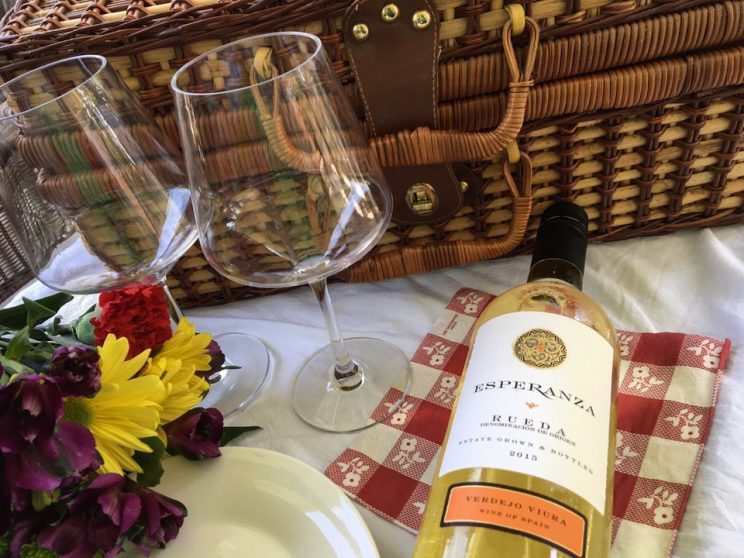 Rueda is located in northern Spain in the Castilla y Leon region. White grapes from the region include Verdejo, Viura, and Sauvignon Blanc. Red grapes, which comprise a miniscule portion of the region’s grapes, include Tempranillo, Grenache, Merlot, and Cabernet Sauvignon. The hallmark white of the region, Verdejo, actually originated in Northern Africa. Wines labeled “Rueda” must contain a minimum of 50% Verdejo and wines labeled “Rueda Verdejo” must contain a minimum of 85% Verdejo. The typical profile of Verdejo is bright, fresh, with crisp acidity along with citrus and tropical fruit. This one was a favorite of the #WineSquad. And at this price point, it’s great as an everyday wine.
Rueda is located in northern Spain in the Castilla y Leon region. White grapes from the region include Verdejo, Viura, and Sauvignon Blanc. Red grapes, which comprise a miniscule portion of the region’s grapes, include Tempranillo, Grenache, Merlot, and Cabernet Sauvignon. The hallmark white of the region, Verdejo, actually originated in Northern Africa. Wines labeled “Rueda” must contain a minimum of 50% Verdejo and wines labeled “Rueda Verdejo” must contain a minimum of 85% Verdejo. The typical profile of Verdejo is bright, fresh, with crisp acidity along with citrus and tropical fruit. This one was a favorite of the #WineSquad. And at this price point, it’s great as an everyday wine.
The Wine: 2014 Franc Arman Malvazija, Croatia ($20)
The Grape: Malvazija Istarska or Malvasia Istriana
Drink This If You Like: It Depends. Malvazija ranges from light and crisp to a heavier, creamier style with oak aging.
Pair With: Seafood and Sun for lighter versions; Truffled or Creamy Pasta for the heavier versions.
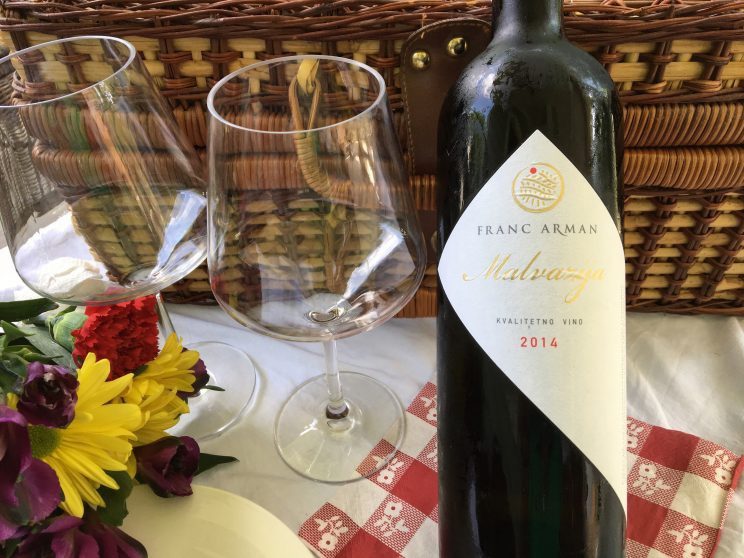 Malvazija? Malvasia? So Malvazija can certainly be confusing. Malvazija Istarska, also known as Malvazija Istriana is indigenous to Istria. The Istrian peninsula is comprised mainly of Croatia, but also includes part of southwestern Slovenia and northeastern Italy. Thus the grape is generally found in Istrian Croatia but can also be found in Slovenia’s Koper region as well as Italy’s Friuli-Venezia Giulia. It is Croatia’s second most planted variety and is produced generally in varietal wines. Istria is a wonderful place to visit (check out the wine and truffle tasting I did here) and has an interesting and varied history. It’s certainly seen its share of rulers including the Illyrians, Romans, Venetians, Austro-Hungarians, Italians, Yugoslavians – just about everybody. Depending on your source, Croatian Malvazija may or may not be related to Malvasia. Malvasia or Malvasia Bianca, can be traced back to Greece, but variations of the grape grow throughout Italy as well as Spain and Portugal, where it is known as Malmsey and is one of the grapes in Madeira. In any event, this one had nice floral and citrus notes along with a freshness and crispness, but not so biting that it couldn’t be had on its own.
Malvazija? Malvasia? So Malvazija can certainly be confusing. Malvazija Istarska, also known as Malvazija Istriana is indigenous to Istria. The Istrian peninsula is comprised mainly of Croatia, but also includes part of southwestern Slovenia and northeastern Italy. Thus the grape is generally found in Istrian Croatia but can also be found in Slovenia’s Koper region as well as Italy’s Friuli-Venezia Giulia. It is Croatia’s second most planted variety and is produced generally in varietal wines. Istria is a wonderful place to visit (check out the wine and truffle tasting I did here) and has an interesting and varied history. It’s certainly seen its share of rulers including the Illyrians, Romans, Venetians, Austro-Hungarians, Italians, Yugoslavians – just about everybody. Depending on your source, Croatian Malvazija may or may not be related to Malvasia. Malvasia or Malvasia Bianca, can be traced back to Greece, but variations of the grape grow throughout Italy as well as Spain and Portugal, where it is known as Malmsey and is one of the grapes in Madeira. In any event, this one had nice floral and citrus notes along with a freshness and crispness, but not so biting that it couldn’t be had on its own.
The Wine: 2014 Brokenwood Hunter Valley Sémillon, Australia ($20)
The Grape: Sémillon
Drink This If You Like: Sauvignon Blanc, Albarino, Pinot Blanc, Chardonnay, Viognier
Pair With: Asian and Indian Cuisine, White Meats, Fish
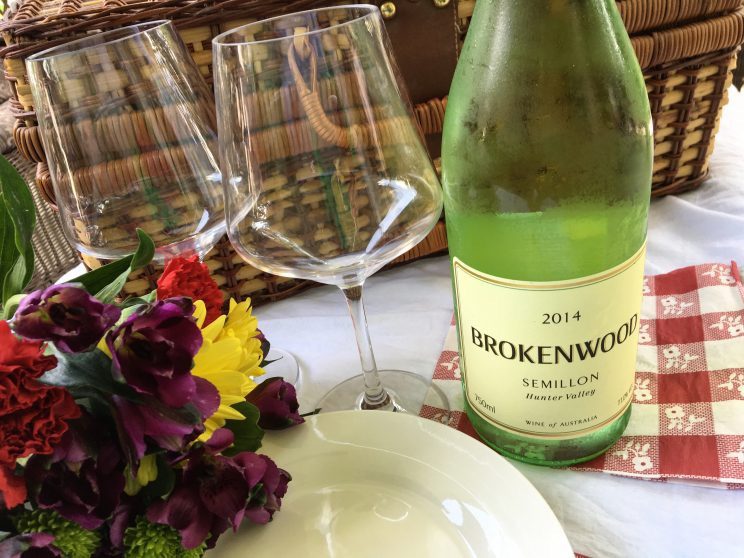 As with so many grapes, the thin-skinned Sémillon grape originated in France. It is one of those grapes that have historically been blended into oblivion, that is, unless you are a “wino in the know.” Yet some of the most long-lived and famous wines in the world – Sauternes and Barsac – are comprised mostly of Sémillon. It is also the standard bending partner to Sauvignon Blanc in White Bordeaux. Sémillon tends to be low acid, low alcohol (and can be flabby if not produced properly) which is why the French blend it with Sauvignon Blanc as a balance to that grape’s crispness and acidity. While Sémillon pops up here and there in the New World, including South Africa, its true New World Stronghold is Australia’s Hunter Valley. Australia produces a Sémillon-Sauvignon Blanc blend similar to White Bordeaux as well as a dessert wine similar in style to Sauternes. But it also produces a fair amount of single varietal Sémillon. Often described as waxy, oily, or lanolin-like it exhibits citrus and tropical fruit flavors. Open this one a few hours before drinking. In fact, I enjoyed it even more the next day.
As with so many grapes, the thin-skinned Sémillon grape originated in France. It is one of those grapes that have historically been blended into oblivion, that is, unless you are a “wino in the know.” Yet some of the most long-lived and famous wines in the world – Sauternes and Barsac – are comprised mostly of Sémillon. It is also the standard bending partner to Sauvignon Blanc in White Bordeaux. Sémillon tends to be low acid, low alcohol (and can be flabby if not produced properly) which is why the French blend it with Sauvignon Blanc as a balance to that grape’s crispness and acidity. While Sémillon pops up here and there in the New World, including South Africa, its true New World Stronghold is Australia’s Hunter Valley. Australia produces a Sémillon-Sauvignon Blanc blend similar to White Bordeaux as well as a dessert wine similar in style to Sauternes. But it also produces a fair amount of single varietal Sémillon. Often described as waxy, oily, or lanolin-like it exhibits citrus and tropical fruit flavors. Open this one a few hours before drinking. In fact, I enjoyed it even more the next day.
The Wine: 2015 Antonopoulos Moschofilero, Greece ($16)
The Grape: Moschofilero
Drink This If You Like: Torrontes, Muscat, Gewurztraminer, Riesling
Pair With: Sushi, Shellfish, Fresh Fruit, The Pool
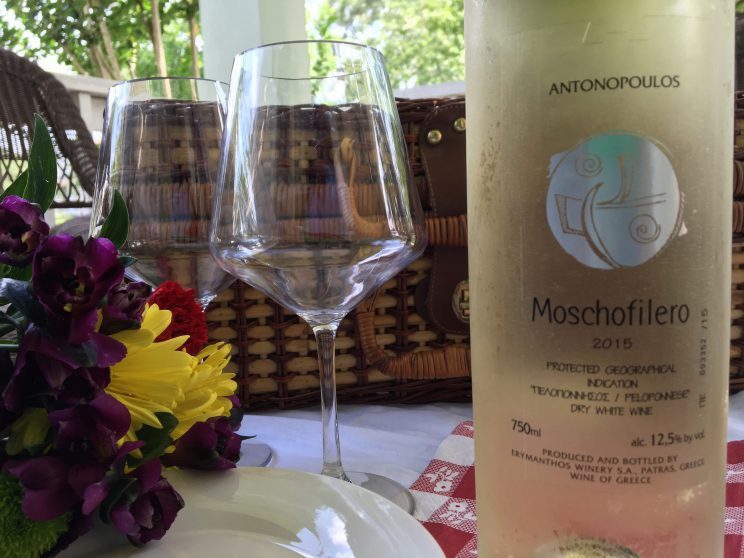 Moschofilero is an aromatic, pink-skinned grape from the Peloponnese region of Greece. But don’t be fooled by its spice, perfume, and floral aromas as it’s not a sweet wine. It is generally used to make light, dry wines with good acidity and lower alcohol. It is sometimes made into sparkling wine. It typically exhibits tropical fruit flavors as well as citrus and is a great porch pounder. Sit back and enjoy this one.
Moschofilero is an aromatic, pink-skinned grape from the Peloponnese region of Greece. But don’t be fooled by its spice, perfume, and floral aromas as it’s not a sweet wine. It is generally used to make light, dry wines with good acidity and lower alcohol. It is sometimes made into sparkling wine. It typically exhibits tropical fruit flavors as well as citrus and is a great porch pounder. Sit back and enjoy this one.
The Wine: 2014 Theopolis Vineyards Yorkville Highlands Symphony, CA ($22)
The Grape: Symphony
Drink This If You Like: Muscat, Gewurztraminer, Riesling
Pair With: Asian and Indian Cuisine, Spicy Food, Tex-Mex, Seafood
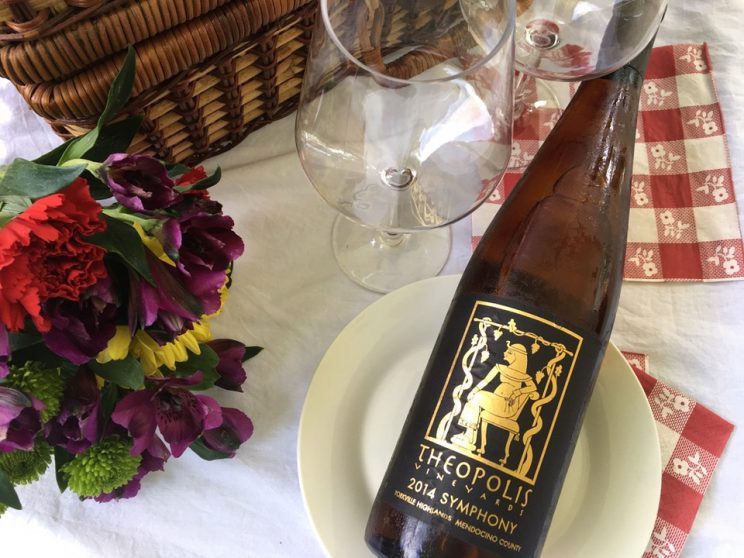 The Symphony grape resulted from a cross between Grenache Gris and Muscat grapes and was originally created to grow in California’s hot Central Valley. Although it’s been around for decades, it is still rarely encountered but has slowly been growing in popularity. While it is primarily used in white wine blends, single varietal expressions do exist and can be made very sweet to bone dry. In addition to being grown in California’s Lodi and Sierra Foothills regions, it has also found a home in the Yorkville Highlands region, which is where this Symphony was sourced. While some versions can be (too) sweet, this one was dry to off-dry with great acidity. Perfect with food or all on its own. And it was a hit with the #WineSquad.
The Symphony grape resulted from a cross between Grenache Gris and Muscat grapes and was originally created to grow in California’s hot Central Valley. Although it’s been around for decades, it is still rarely encountered but has slowly been growing in popularity. While it is primarily used in white wine blends, single varietal expressions do exist and can be made very sweet to bone dry. In addition to being grown in California’s Lodi and Sierra Foothills regions, it has also found a home in the Yorkville Highlands region, which is where this Symphony was sourced. While some versions can be (too) sweet, this one was dry to off-dry with great acidity. Perfect with food or all on its own. And it was a hit with the #WineSquad.
Now put down those “typical” whites and give your palate a taste of something new.

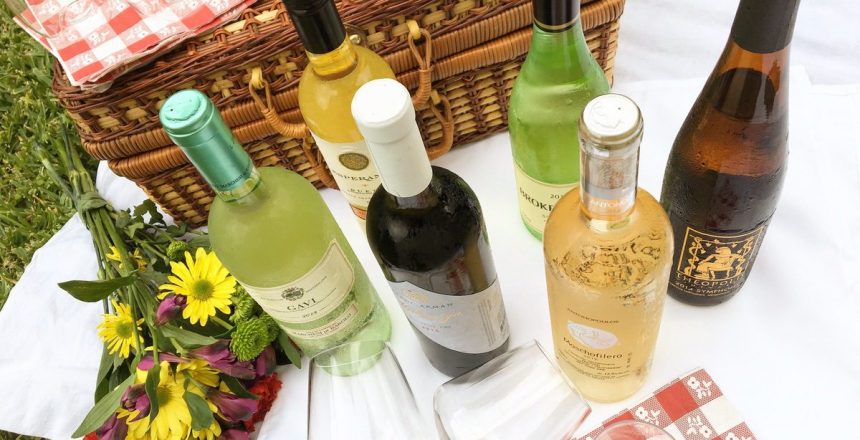
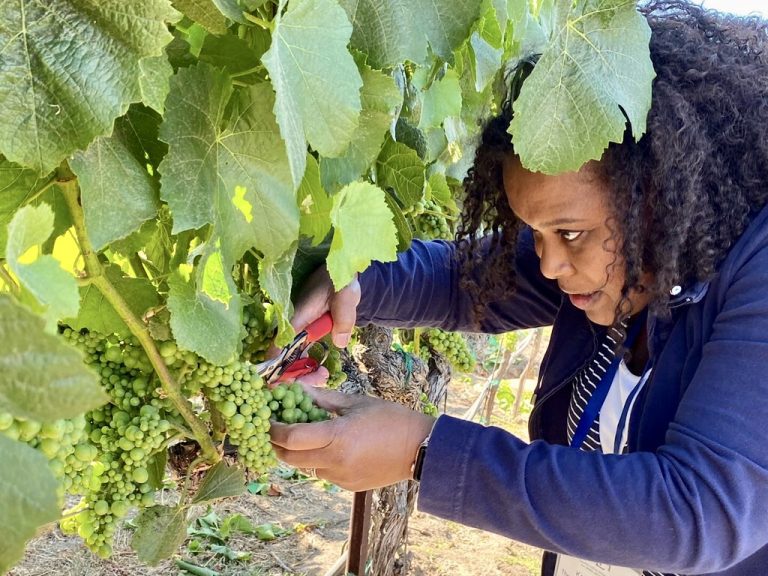
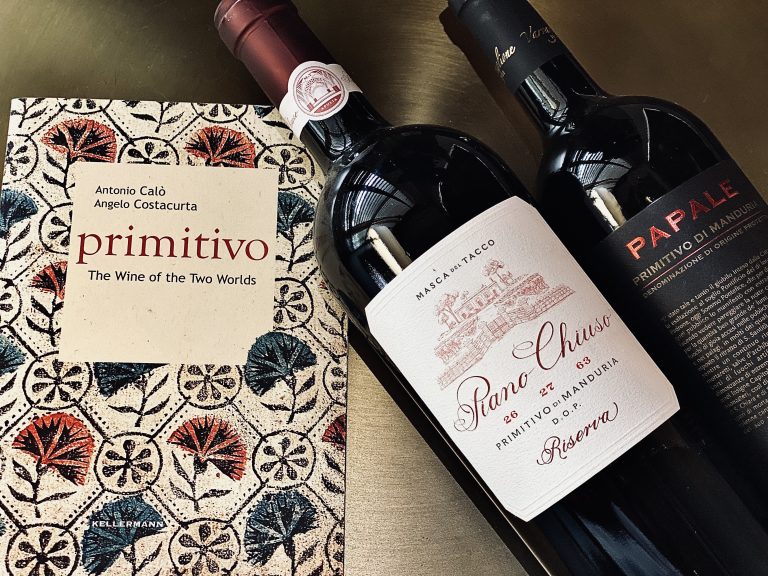


2 Comments
Renia Butler
•7 years ago
These greek whites are giving me life.
Kat
•7 years ago
It really is fun discovering Greek wines.